The building sector stands as the third most carbon-intensive industry in Canada, contributing 13% of the nation’s emissions in 2022, totaling 92 million tonnes (MT) of carbon dioxide, as reported by the Royal Bank of Canada. In response to this alarming emission rate, the government aims to reduce it to 53 MT by 2030. Kicking off towards this target, the construction sector is embracing wood, particularly mass timber, as an alternative or complement to concrete and steel, as it holds the potential to slash embodied emissions in buildings by up to 25%.
5.8 million—that’s the number of new homes Canada needs to build by 2030 to ensure affordable housing for everyone, according to the Canada Mortgage and Housing Corporation. Ontario government is further bolstering housing initiatives with its Building Faster Fund, unveiled in August 2023. With an allocation of up to $1.2 billion over three years, to incentivize municipalities actively engaged in expanding residential options. Notably, a portion totaling $120 million is earmarked for smaller, rural, and northern municipalities to empower these regions in constructing housing-supporting infrastructure, while also prioritizing projects that accelerate the augmentation of housing availability. Mass Timber buildings can expedite this process, reducing construction time by up to 20% compared to concrete structures. On average, Mass Timber projects are completed 4-6 weeks faster than their concrete or steel counterparts.
Canada, as a pioneer in the Timber Construction industry, has completed 689 mass timber projects to date, with 76 under construction and 67 in the planning stages. Of the total 832 projects, British Columbia (BC) takes the lead with 355, followed by Quebec with 221, and Ontario with 151. Reflecting the industry’s trajectory, the Canadian government is playing a pivotal role in boosting timber projects development and regulation for major stakeholders in the construction sector. A recent update to the BC Building Code, now in effect, allows for taller encapsulated mass-timber construction (EMTC) buildings, enabling residential and office structures to reach up to 18 storeys—an increase from the previous limit of 12 storeys. This is drawing other provinces throughout Canada to revamp codes to promote mass timber construction on a national scale.
The Mass Timber Construction Summit, a flagship event by Trueventus, features presentations from leading industry experts on the latest techniques and technologies in timber construction. Gain firsthand insights and experience on the latest innovations and opportunities in modern construction methods to streamline workflows, improve productivity, generate ample profit, and take advantage of the excellent networking opportunities throughout the summit.

